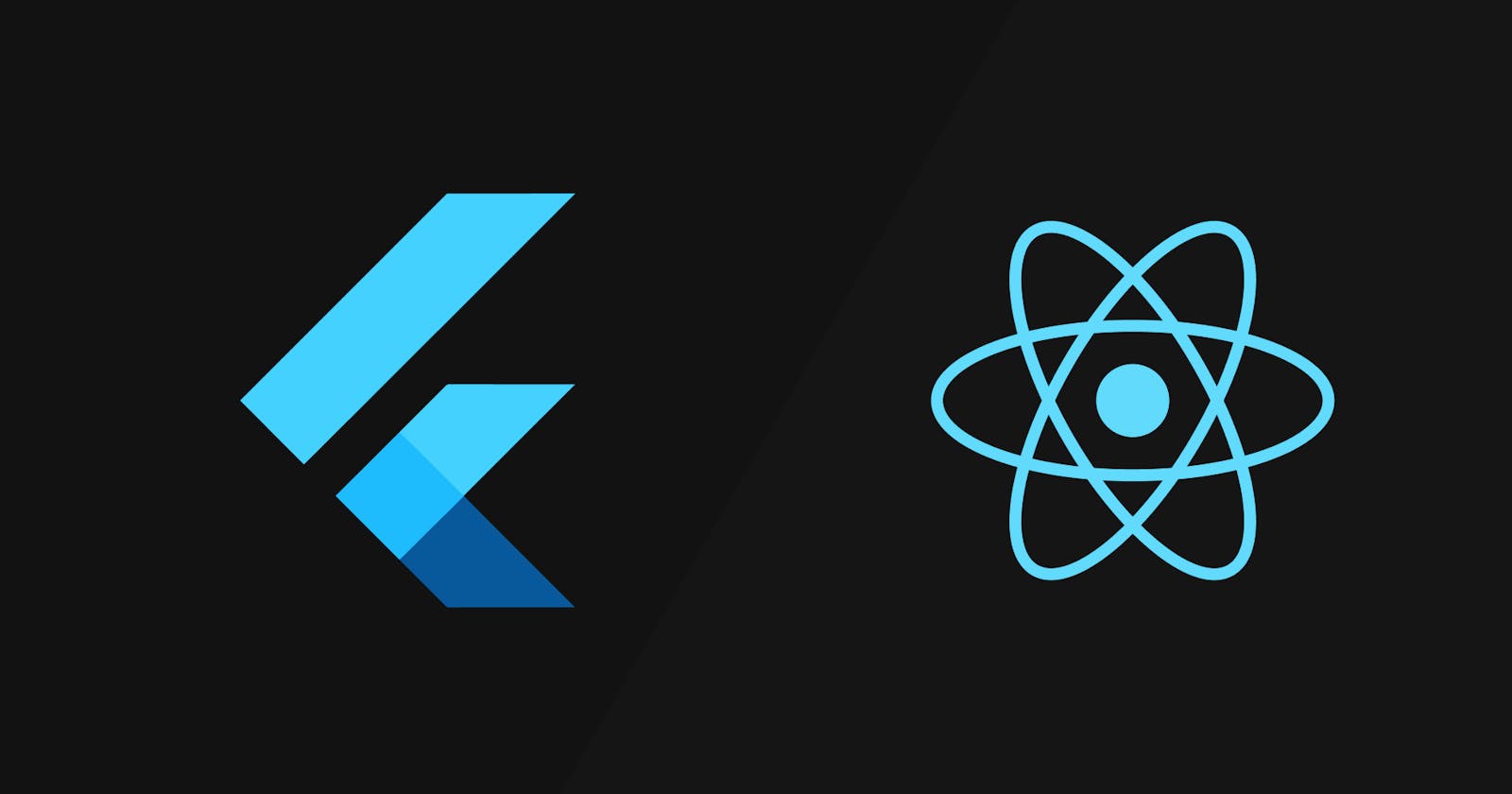Flutter vs React Native

Introduction
Flutter and React Native are two popular mobile development frameworks that allow developers to build natively rendered cross-platform mobile apps. Here is a comparison of some key features and differences between the two frameworks:
Language
Flutter uses the Dart programming language, while React Native uses JavaScript. Both languages have their own strengths and weaknesses, and the choice of language will likely come down to personal preference.
Performance
Flutter and React Native both aim to provide high-performance apps, but they go about it in different ways. Flutter uses its own rendering engine to directly draw widgets on the screen, while React Native uses the native rendering capabilities of the platform it is running on. As a result, Flutter apps may have slightly better performance, but React Native apps may have better compatibility with platform-specific features.
Development experience
Flutter and React Native both offer hot reloading, which allows developers to see changes they make to their code in real-time. However, Flutter's hot reloading is generally considered to be more reliable and faster than React Native's. Flutter also offers a rich set of customizable widgets and a robust set of development tools, while React Native relies more on third-party libraries and components.
Community and ecosystem
Both Flutter and React Native have active and growing communities, with a wealth of resources and support available online. However, React Native has a larger and more established ecosystem, with a wider range of available libraries and components. This can make it easier to find solutions to common development problems, but it can also mean that React Native apps may be more prone to compatibility issues.
Conclusion
Overall, Flutter and React Native are both powerful and popular frameworks for mobile development. The choice of which framework to use will depend on a number of factors, including personal preference, project requirements, and the specific needs of your team and organization.
If you have decided to use Flutter for your mobile development project, here are a few things you can do to get started:
Install the Flutter SDK
The first step is to install the Flutter SDK on your computer. This will give you access to the command-line tools you need to develop, test, and run Flutter apps. You can find detailed instructions for installing Flutter on the official Flutter website.
Set up your development environment
Once you have installed the Flutter SDK, you can set up your development environment by choosing an editor or IDE that supports Flutter development. Some popular options include Android Studio, Visual Studio Code, and IntelliJ IDEA.
Create your first Flutter app
To create your first Flutter app, open a terminal or command prompt and navigate to the directory where you want to store your app. Then, run the following command: ``` flutter create my_app
Run your app
To run your app, open a terminal or command prompt in the app's root directory and run the following command: ``` flutter run ```. This will build and run your app on a connected device or emulator. You can also use the Flutter command-line tools to run your app on different platforms, such as iOS or the web.
Learn more
To learn more about Flutter and how to use it to build powerful and beautiful mobile apps, check out the official Flutter documentation and the Flutter community forums. There are also many online tutorials, videos, and books that can help you get started with Flutter development.
Surprise surprise this blog was written by ChatGPT.
Pretty Cool! Right?
Check out my website: stormej.me